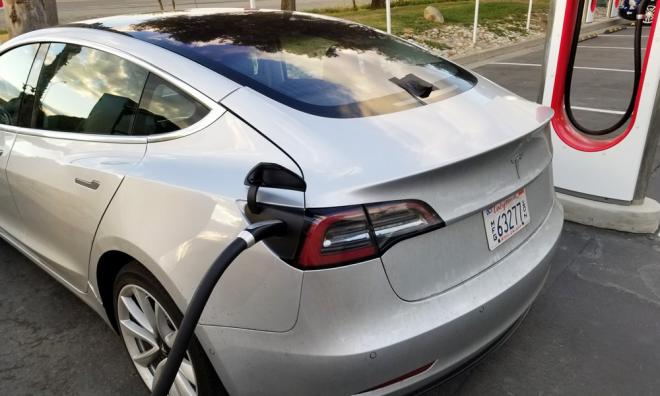
Published by EMIR Research, image from Malaysiakini.
In November 2018, the European Commission published a strategic vision to have a climate-neutral Europe by 2050. This is in response to the increasing threat of rising temperatures and climate change.
The 2015 Paris Agreement aimed to keep the global temperature increase to well below 2°C and pursue efforts to keep it to 1.5°C. However, at the current rate of greenhouse gas (GHG) emissions, the 1.5°C mark will be surpassed between the year 2030 and 2052.
The global temperature nearing 2°C would have disastrous consequences: rising sea levels, extreme weather, destruction of flora and fauna and more. That is why the Intergovernmental Panel on Climate Change (IPCC) has pushed for net-zero emissions by 2050.
In 2018, Minister of Energy, Science, Technology, Environment and Climate Change, Yeo Bee Yin, said that the government is working on an Energy Efficiency Bill to help reduce carbon emissions by 45% come 2030.
Cutting down carbon emissions seems to be a top priority for nations worldwide. Each country’s approach to this issue is slightly different. Most are moving towards renewable energy sources whilst some are looking into carbon sequestration on top of that.
Looking at Malaysia’s pollution statistics in 2017, more than 70% of our emissions come from motor vehicles. According to the Malaysia Automotive Association, the year 2017 recorded 28,181,203 units of registered vehicles on the road. That is almost one vehicle per individual in Malaysia.
Out of the 28 million or so vehicles, cars make up almost half of that with a total number of 13,288,797 units. If we were to replace all those cars with electric alternatives, GHG emissions would be significantly reduced.
The question right now is whether Malaysians are able to actually leave behind their petrol-powered friends and opt for a more eco-friendly alternative – electric vehicles (EV).
Why Electric Vehicles?
There are 3 types of electric vehicles: battery electric vehicles (BEV), plug-in hybrid electric vehicles (PHEV) and hybrid electric vehicles (HEV).
BEVs are fully-electric and they run only on battery power. PHEVs and BEVs are both hybrid meaning a gasoline engine and an electric motor work together to run the car. The batteries in these hybrids are recharged through regenerative braking. But, the batteries in PHEVs can also be recharged through charging outlets.
Since EVs consume less fuel (in the case of hybrids) or even no fuel at all (in the case of BEVs), they emit less carbon dioxide (CO2) into the environment i.e lower carbon footprint. But could the same be said when the manufacturing process is taken into account?
The full life cycle of a car, from the material processing to the manufacturing stage until the car is on the road – is littered with GHG emissions. According to a report by Ricardo, an engineering and environmental consultancy, EVs have a higher carbon footprint during production compared to conventional cars.
But over the full life cycle, EVs have a lower carbon footprint. A typical medium-sized family car will create around 24 tonnes of CO2 during its life cycle, while EVs will produce around 18 tonnes over its life.
This is great news! If we could get Malaysians to jump ships to EVs, a substantial amount of CO2 could be removed from the environment, but here’s the catch. If we switch over to EVs and still depend on fossil fuels for electricity generation, our carbon emissions are going to get worse.
Argonne National Laboratory reported that if a PHEV charges from coal-generated electricity, it could be responsible for emitting up to 10% more GHGs than a conventional vehicle and up to 60% more than a standard HEV.
Currently, more than 90% of Malaysia’s energy mix comes from fossil fuels. The less we depend on fossil fuels the better. Thus, it is imperative that we start raising awareness about the benefits of EVs whilst also encouraging the switch over to renewable energy sources.
In the end, there is no one solution to reduce GHG emissions and mitigate the effects of rising global temperatures. This complex problem requires a multitude of solutions and most importantly – our ingenuity and perseverance. We must stay true to our obligation which is to leave behind a better planet for our descendants.
Eyman Hadi is Research Analyst at EMIR Research, an independent think-tank focused on strategic policy recommendations based upon rigorous research.

